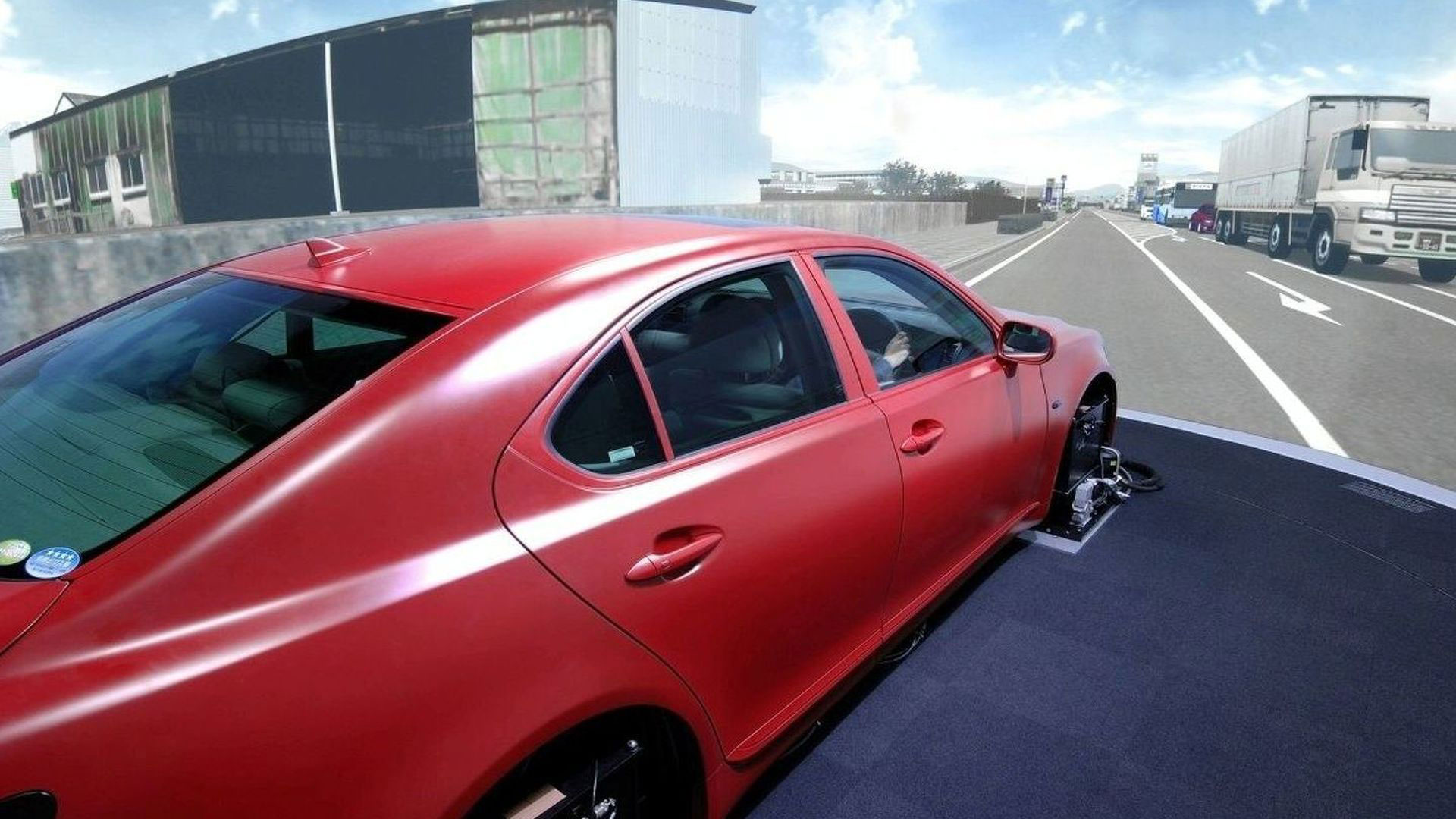

In late 2015 Toyota proclaimed a five-year project investing $1 billion in artificial intelligence and robotics research with the establishment of Toyota Research Institute (TRI) facilities at Stanford University and the Massachusetts Institute of Technology. The fields of study are artificial intelligence, autonomous transportation, and mobile indoor robotics. Gil Pratt, CEO of TRI as well as an MIT alum and a former program manager at the Defense Advanced Research Projects Agency (DARPA), laid out two tracks for autonomous vehicle research: one for “chauffeur model” wholly autonomous cars, one for “guardian angel” systems that would create more helpful, “intelligent” but traditional cars.
A guardian angel, like a fearless driving instructor with a mirrored set of controls in the passenger’s seat, would only take over if it determines an incident is imminent. Seen as a mid-term step ahead of the fully autonomous cars Toyota is also working on – and Google, Uber, Ford, and Volvo – the introduction of advanced AI monitoring systems could see production before self-driving cars since the human remains in charge more than 99 percent of the time. The simplified description is that these would merely be more intelligent variations of current driver-assist features like lane-departure warning and antilock brakes, there to help make the driver better and safer. No infrastructure or legal changes would be required, and there won’t be any gray areas with liability or “handoff” – switching control of the vehicle from full autonomy back to a human pilot.

This streamlined approach doesn’t imply quick or easy, though. The hardware and technology overlaps for semi- and fully-autonomous vehicles, the computing power required for both is immense. Looking for more efficient ways to power any developments – right now it would be like trying to stuff a supercomputer in a car – Pratt mentioned IBM’s TrueNorth neuromorphic chip that process information more like the human brain. On top of that, Toyota believes it needs to cover one trillion miles before rolling any of these systems out.

The carmaker is using its giant simulator near Mt. Fuji to study driver behavior in crash situations and how humans react when the car takes over, such as what a driver does when the AI helper points the front wheels in a different direction than the steering wheel. The 15-foot-high, 23-foot-wide, 78-ton simulator has a Lexus inside of it with occupants reacting to scenarios on a 360-degree screen, and it maneuvers through a warehouse about the size of two football fields.
TRI will work on the guardian angel approach at the Stanford lab, hire 50 researchers for new unit near the University of Michigan in Ann Arbor to study autonomous vehicles at a specialized facility called MCity, while the MIT lab studies simulations and deep learning.